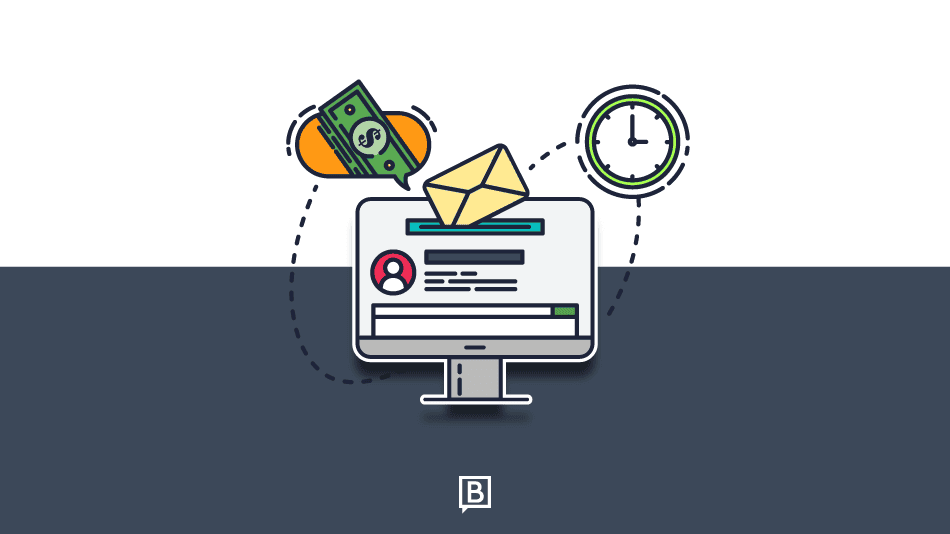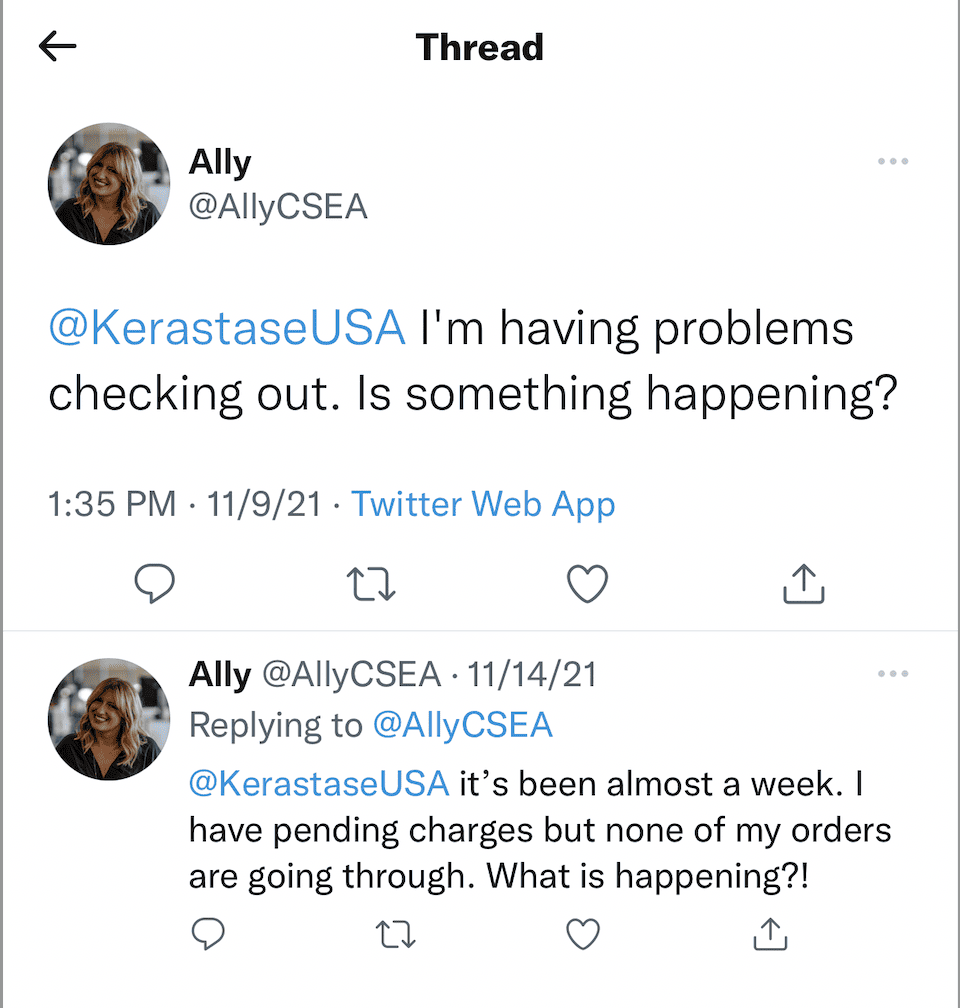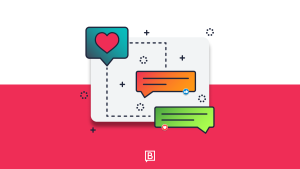Your post-sale follow-up plays a pivotal role in shaping the customer experience (CX).
Once a sale is made, many businesses shift their attention to acquiring new customers, overlooking the value of nurturing the relationships they’ve already built. However, following up after a sale can be the differentiating factor between retaining a loyal customer and losing one.
A well-executed post-sale follow-up can increase customer satisfaction, foster brand loyalty, and even generate more sales through word-of-mouth recommendations.
In this article, we’ll dive into the significance of the post-sale follow-up, how it enhances the customer journey, and why it’s essential for businesses that want to stand out in a crowded market.
Why the Post-Sale Follow-Up Matters in CX
One of the most crucial, yet often neglected, aspects of customer service is the post-sale follow-up. Many businesses focus heavily on pre-sale activities, such as marketing and lead generation, but what happens after the customer has made a purchase?
That’s where the magic happens. And, oh yeah, where coveted trust and loyalty start to form.
Post-sale follow-ups offer a chance to ensure customer satisfaction, address any concerns, and remind the customer that their business is valued. When a company continues to engage with its customers after the sale, it shows a commitment to the entire customer experience—not just closing the deal.
Building Trust and Loyalty Through Post-Sale Follow-Up
Building trust with customers doesn’t end at the point of sale. (GASP!)
In fact, the post-sale follow-up is one of the best opportunities to strengthen that trust. When customers receive a follow-up after a purchase, it reinforces their decision and reassures them that the company is reliable.
Take this sequence of emails from Ann Taylor about my recent purchase:
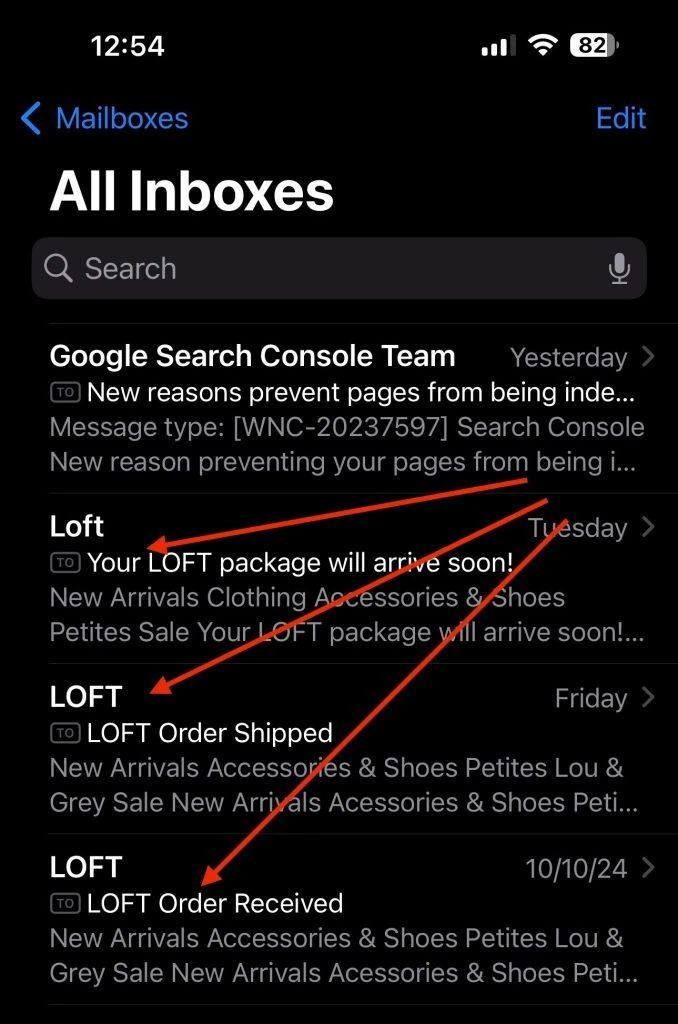
[Source: Me!]
They let me know my order was received, that it shipped, and that it will arrive in the next couple of days. This is a superb post-sale follow-up because it’s keeping me informed about my purchases. I want to try them on, like, NOW!
Then, imagine this scenario: A customer purchases a product online, receives it, and within a week, they get a personalized email from the company asking if everything met their expectations.
Huzzah! They really CARE, right?
This small gesture not only builds trust but also makes your customer feel important. As a result, they’re more likely to return for future purchases and recommend your brand to others.
Enhancing Customer Satisfaction Through Follow-Up
When it comes to customer satisfaction, timely and thoughtful post-sale follow-up can make a significant difference.
Checking in on how a product or service is performing and if it meets the customer’s needs can uncover potential issues early on, preventing negative reviews or returns.
Additionally, a follow-up can serve as an opportunity to resolve any issues quickly, turning what could have been a dissatisfied customer into a loyal advocate for the brand.
For instance, take this email I got from Sweet Bee Organics when an item I ordered was delayed:
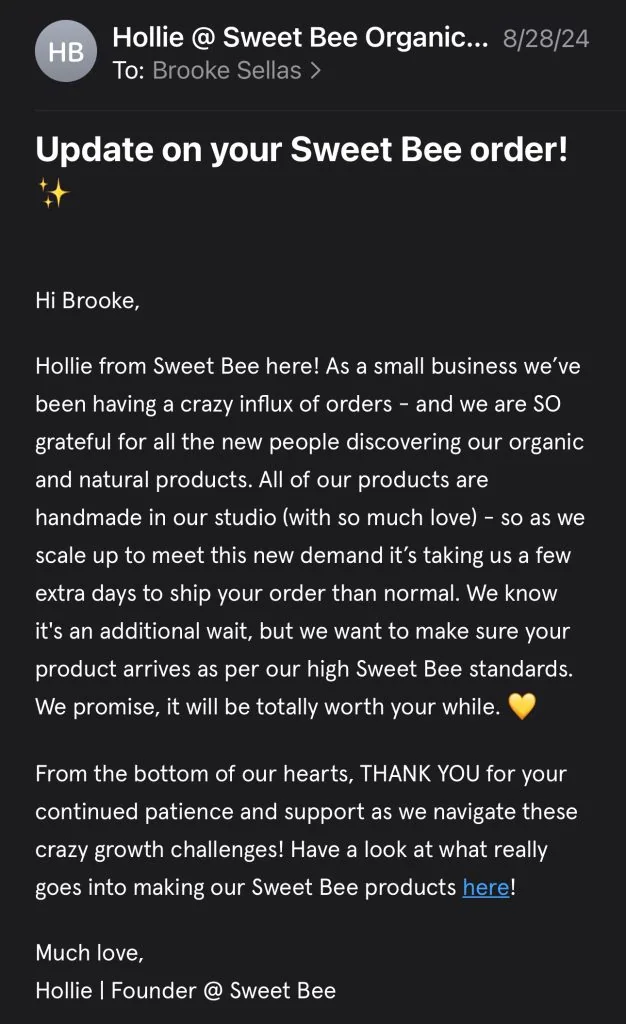
[Source: Me again, but check out Sweet Bee!]
Customers appreciate companies that prioritize their satisfaction even after the sale. And especially when they over-communicate with there are issues.
The Role of Personalization in Post-Sale Follow-Up
Personalization is a key aspect of any successful post-sale follow-up strategy.
Customers don’t want to feel like just another transaction. They want to be seen as individuals with unique preferences and needs. Personalized follow-ups—such as a thank-you email that references the specific product they bought—go a long way in making customers feel valued.
For example, addressing customers by name and offering tips or guidance related to their recent purchase not only makes the communication more engaging but also demonstrates that you care about their experience.
CAKES does such a great job of this by sending each new customer a link to a video on YouTube showing them how to wear/use their new CAKES.
Excuse the example here but we’re all adults, right?!
This kind of personalized touch can significantly improve the overall customer experience. SHOW ME, don’t just tell me.
Best Practices for Effective Post-Sale Follow-Up
Now, it’s your turn.
To maximize the effectiveness of your post-sale follow-up strategy, it’s essential to follow certain best practices:
- Timeliness: The follow-up should occur soon after the sale. Sending an email or making a phone call within a few days of the purchase keeps the interaction relevant.
- Personalization: As mentioned earlier, personalization is key. Address your customer by name and reference their specific purchase to create a stronger connection.
- Customer Feedback: Use the follow-up as an opportunity to gather feedback. Ask if the customer is satisfied with their purchase and if there’s anything your company can do to improve.
- Value-Added Content: Consider offering additional value, such as tips on how to use the product (like CAKES!), links to tutorials, or suggestions for complementary products.
- Gratitude: Never underestimate the power of a simple thank you. Showing appreciation for your customers’ business can make them feel special and valued.
Utilizing Automation for Post-Sale Follow-Up
Incorporating automation into your post-sale follow-up process can help ensure consistency and scalability. You don’t think I really believe every single one of those examples above was emailing little ‘ol me. No way!
For instance, automated emails can be triggered after a customer takes action, like completing a purchase. This ensures every customer receives a follow-up in a timely manner.
However, while automation can streamline the process, it’s essential to strike a balance between automation and personalization. Automated messages should still feel human, incorporating elements like the customer’s name and references to their purchase.
(Again, see above examples.)
The Impact of Post-Sale Follow-Up on Customer Retention
Customer retention is one of the primary benefits of a strong post-sale follow-up strategy.
Engaging with customers after the sale keeps the brand top-of-mind and encourages repeat purchases. A study by Bain & Company found that increasing customer retention rates by just 5% can increase profits by 25% to 95%.
Retaining existing customers is far more cost-effective than acquiring new ones. By staying in touch through consistent follow-ups, businesses can foster long-term relationships that result in higher lifetime customer value.
The Role of the Post-Sale Follow-Up in Brand Advocacy
When customers have a positive post-sale experience, they’re more likely to become brand advocates.
Word-of-mouth marketing is incredibly powerful, and satisfied customers who feel valued will naturally spread the word about your business.
It goes without saying, those customer reviews are critical!
92% of surveyed customers read at least two reviews before forming an opinion about the local business. [Source]
Additionally, if customers reach out on social, it’s crucial you take care of them ASAP. That first touch and first touch resolution time is a huge part of how you get your customer satisfaction “points.”
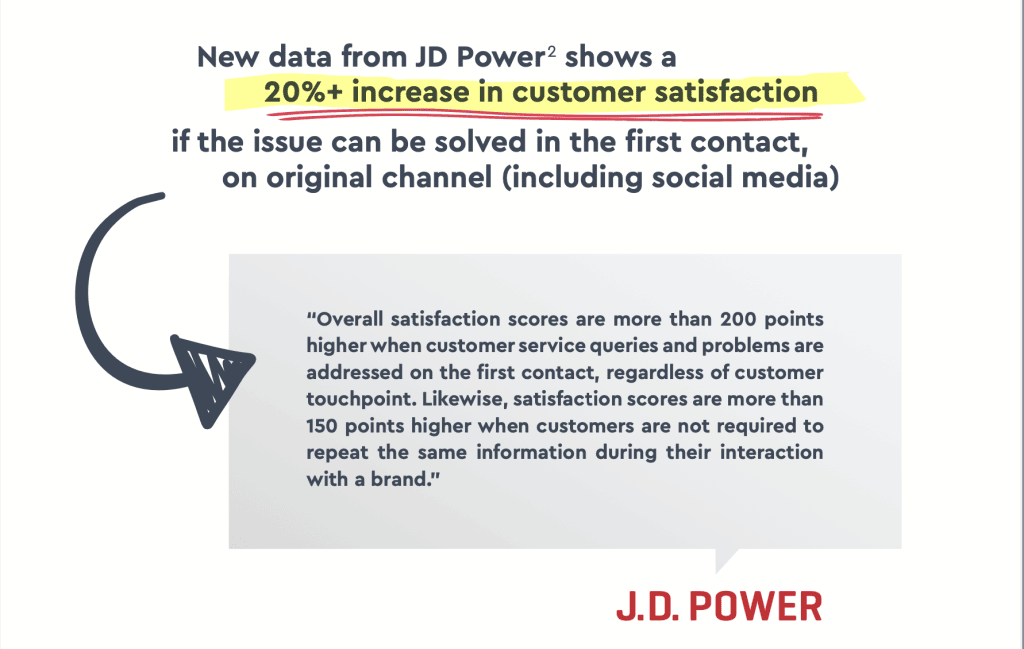
A well-executed post-sale follow-up can turn customers into promoters who are eager to share their positive experiences with friends, family, and social media followers. This organic form of marketing can drive new customer acquisition at no additional cost.
Avoiding Common Post-Sale Follow-Up Mistakes
While a post-sale follow-up strategy is essential, it’s also important to avoid some common pitfalls:
- Over-communication: Following up too frequently can annoy customers and make them feel overwhelmed. Be mindful of how often you reach out.
- Generic Messaging: Sending out the same generic message to every customer can make the follow-up feel insincere. Always aim for a personalized approach.
- Ignoring Feedback: If a customer shares feedback or reports an issue during a follow-up, it’s crucial to address it promptly. Ignoring feedback can damage the relationship and lead to negative reviews.
This is probably the 5,548 time I’ve shared the below image, but that’s because it conveys such an incredible message of what not to do. Imagine this was your company. Imagine if this were your customer!
Measuring the Success of Your Post-Sale Follow-Up Strategy
To ensure your post-sale follow-up efforts are effective, it’s important to track key metrics, such as:
- Customer Satisfaction Scores (CSAT): Are customers happy with the follow-up process and the service/product they received?
- Net Promoter Score (NPS): How likely are customers to recommend your business to others after their post-sale experience?
- Repeat Purchase Rate: How many customers make a second purchase after receiving a follow-up?
- Customer Lifetime Value (CLV): Are your post-sale efforts increasing the long-term value of your customers?
By analyzing these metrics, businesses can refine their post-sale follow-up process and continually improve customer experience.
By the way, CLV is my absolute favorite metric!
Why You Can’t Afford to Overlook the Post-Sale Follow-Up
Your post-sale follow-up is no longer optional—it’s a necessity. Brands that prioritize the entire customer journey, from pre-sale to post-sale, are more likely to build long-lasting relationships, increase customer loyalty, and ultimately, drive more revenue.
A thoughtful and well-executed post-sale follow-up not only shows customers that you care about their experience, it also provides valuable opportunities for feedback, retention, and brand advocacy.
Don’t let the post-sale moment slip through the cracks—it could be the key to differentiating your brand in a crowded marketplace!
Latest posts by Brooke B. Sellas (See All)
- Social Media Customer Psychology: Understanding Expectations Elevates Social Care - November 12, 2025
- Seeking A Social Media Mentor? How To Find The Right One To Help You Boost Results That Matter - November 5, 2025
- Cyber Week Social Strategy: Maximize Engagement While Your Audience Shops Online - October 29, 2025
